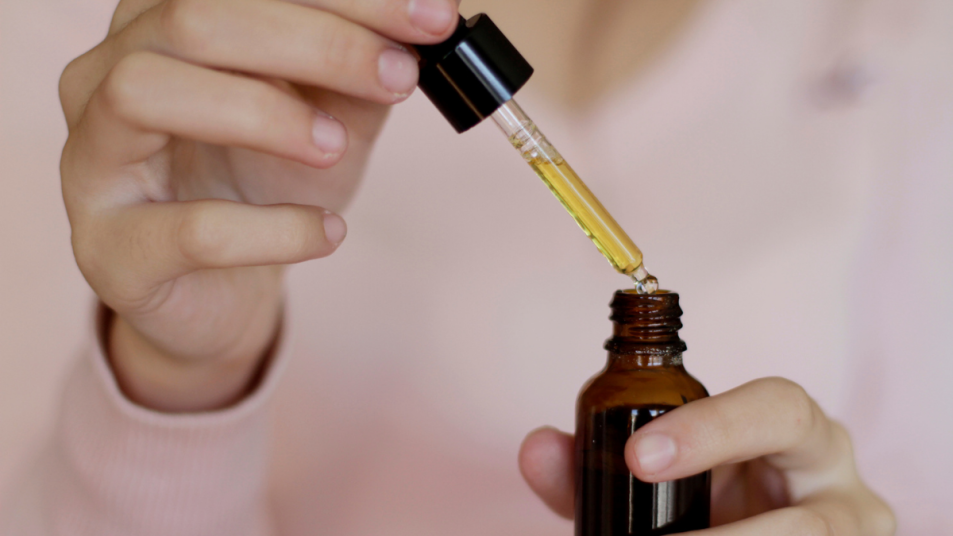This Herbal Supplement Can Help Lower Blood Pressure and Manage Blood Sugar Levels

You’ve probably heard of quite a few herbs that may help with cardiovascular health, but one to consider trying out is red root, a North American plant known for its bright red stems that’s been part of medicinal practices for centuries. Here’s what you need to know.
What is red root?
Red root is a shrub found all over eastern North America. It’s a white plant with a red stem, hence the name. Indigenous tribes began using it medicinally hundreds of years ago, and it’s become popular with other groups in the preceding centuries. A fun fact: It’s also often called New Jersey tea, because colonists used it as a substitute during the Revolutionary War when there was a tea shortage in the the Northeast; the plant wasn’t only found in New Jersey, but the name stuck.
Many of red root’s purported health benefits come for the fact that it contains two important compounds called alkaloids and tannins. Alkaloids are plant compounds that contain nitrogen that are often present in pain relievers and anti-inflammatory medications, amongst other products. Tannins, meanwhile, reportedly have a number of potential advantages, including their ability to help with blood clotting, lower blood pressure, and regulate the immune system. Tannins also may have antimicrobial benefits, which can keep infections at bay.
Because of these alkaloids and tannins, red root may be able to lower blood pressure and manage blood sugar levels, both of which are key for keeping your cardiovascular system in check and also preventing or controlling health conditions like diabetes.
Research into red root is still in its early stages, but one promising study showed that when taken with standard medication, patients with blood disorders who consumed it had better test results and didn’t need blood transfusions as frequently compared to those who took solely prescription medication.
What are its side effects?
Scientists are still deciding on an exact recommended dosage for red root and looking into its effects when taken over long periods of time, but generally they recommend one to five drops of liquified red root in water taken one to three times per day. There aren’t any severe reported side effects, but they do caution anyone with a blood clotting disorder or taking blood thinning medication to not consume it. As with any supplement, definitely talk to your doctor before incorporating it into your regimen.
How should you take it?
Red root is often taken in liquid form (Buy on Amazon, $24.95) and can be mixed in water or other beverages, though there are some homeopathic practitioners who make herbal supplements themselves. Often red root is also mixed with other medicinal herbs, so again, be sure you talk to your doctor and understand how the ingredients in any product interact with one another before taking it. It never hurts to be on the safe side!













